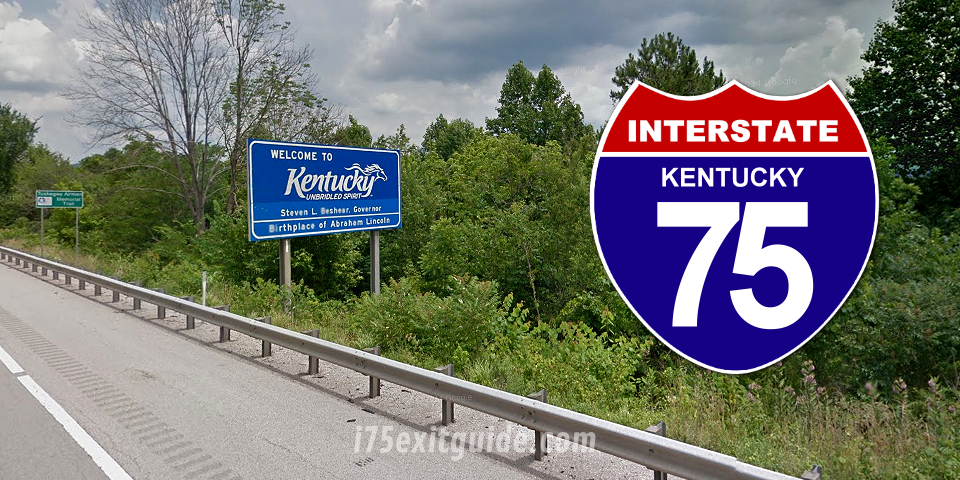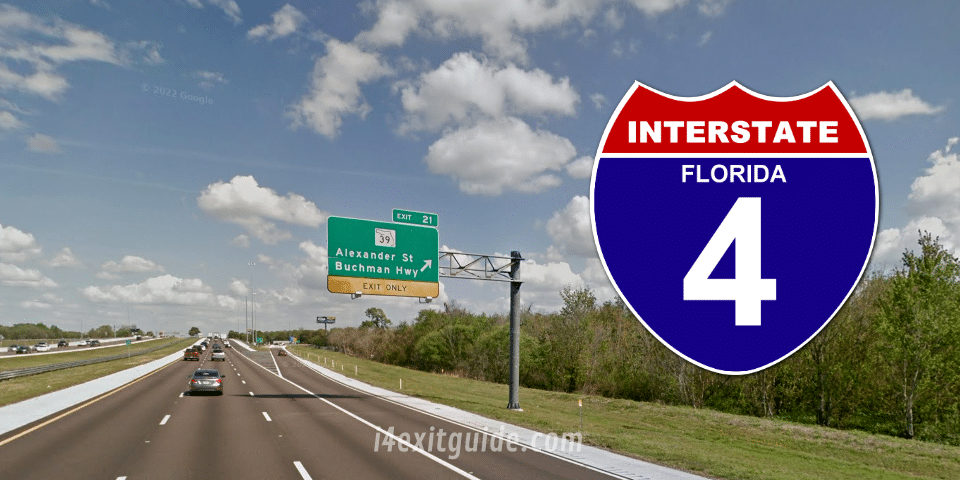2015 marks the 59th anniversary of the Interstate Highway System. On June 29, 1956, President Dwight D. Eisenhower signed the Federal-Aid Highway Act of 1956. With that stroke of the pen began the single greatest public works program in the nation’s history, the Interstate Highway System. Here’s a little information we’ve compiled that we thought you might find interesting…
Some Interesting Facts…
- The Federal Interstate System is a 45,500 mile network of highways yet it represents only 1% of the nation’s public road mileage.
- Although the Interstates represent only 1% of the nations public road mileage they carry 25% of the nation’s highway traffic.
- The average motorist travels approximately 3,000 miles each year on the Interstate system.
- The first Interstate construction contract was awarded by the Missouri State Highway Department on August 2, 1956.
- Originally the entire Interstate network was planned to be completed in 13 years.
The Interstate Numbering System
Just a little knowledge on the Interstate numbering system can be a great aid in navigating throughout the country. The numbering system can offer valuable clues to your location and direction. Keep in mind the following rules when traveling:
One or two digit even-numbered Interstates are always east-west routes. The numbers increase from the south (I-4) to the north (I-96).
One or two digit odd-numbered Interstates are always north-south routes. The numbers increase from the West Coast (I-5) to the East Coast (I-95).
Three digit Interstates with the first digit an even number are usually circular loops or “beltways” around cities (eg. I-295 around Richmond/Petersburg Virginia or I-695 around Baltimore)
Three digit Interstates with the first digit an odd number are usually “spurs” that leave or go into a city center. (eg. I-395 in Washington D.C. or I-195 in Providence RI)
Mile Markers Are The Keys To Your Trip Planning.
Those small green and white signs along the Interstate aren’t just for decoration. They offer valuable information in locating exactly where you are along the route.
Mile marker numbers begin counting at the state’s southern border (for north-south routes) and at the state’s western border (for east-west routes). For example, if you are driving from Florida to Maine on I-95, when you enter Georgia the mile markers begin counting as you travel north until you enter South Carolina where the count begins again. Knowing exactly where you are with reference to a mile marker can be a big help when planning your next stop or asking for roadside assistance in an emergency.
The Interchange Numbering System
Some states number their Interchanges with reference to a mile marker, so that the number on the mile marker is the same as the number of the Interstate exit or interchange. Other states use a consecutive numbering system without any link to mile markers. There is no rule to determine which system is used , so be aware of each state’s system when you enter. In both instances exit numbering begins from the south (on north-south routes) or the west (on east-west routes).
Knowing how the Interstate Highway system works can be a valuable tool in your travels. We hope your next Interstate highway journey is a little more enjoyable because of the information we’ve presented here.
For more I-95 information, visit www.i95exitguide.com, the Internet’s largest and most complete website devoted to America’s Interstate Main Street. Detailed exit service listings… discount lodging, camping, food, gas and more for every exit from Maine to Florida!
Traveling another route? Visit our growing family of exit guides: I-4 Exit Guide, I-5 Exit Guide, I-10 Exit Guide , and I-75 Exit Guide.






